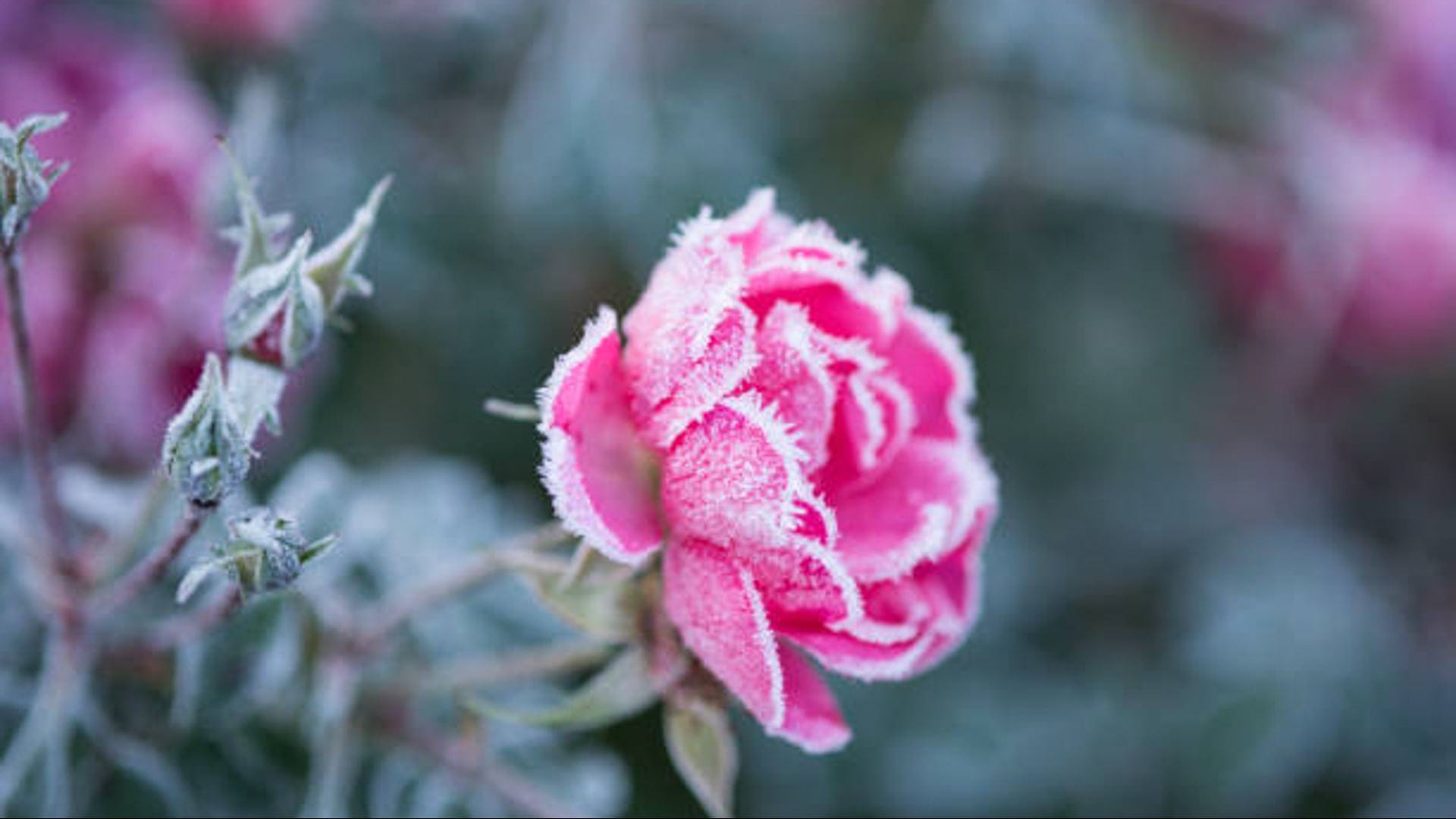National Plant a Flower Day: Help pollinators like monarch butterflies with your garden
Flowers don't just look pretty! They help pollinators like monarch butterflies thrive.

It's almost spring! And March 12 is National Plant a Flower Day, the perfect day to bask in the sunlight and plant flowers that will help pollinators like the endangered eastern monarch butterfly.
The sun is out, the birds are chirping, temperatures are heating up, and we just got an extra hour of sunlight after the start of Daylight Saving.
So grab your pack of native wildflower seeds, a shovel and some dirt. It's time to make sure your garden is ready for pollinators this spring.
Why should you plant flowers on National Plant a Flower Day?
Some squeamish folks may not want to hear this, but native flowers and plants are essential for making sure local ecosystems and pollinators, like lovely butterflies or hardworking bees, are healthy.
However, due to a multitude of reasons, such as the use of pesticides, the world's pollinator populations are dwindling.
One example of this is the eastern monarch butterfly. The butterfly's population crept down to the second-lowest number on record in 2024, according to an annual survey from the World Wildlife Fund, WWF.
While the butterflies wintered in Mexico, the organization found that the eastern monarch butterfly colonies took up 2.2 acres of regional forests during the 2023-2024 winter season. That's 59% less than the 5.5 acres they occupied the year before.
"Fewer monarchs hibernating in their traditional forest habitat in Mexico greatly concerns all of us," Jorge Rickards, general director of WWF Mexico, said in a statement. "This is not the first time we've observed changes in the locations of the largest monarch colonies."
Population nearly doubles in 2025
Fortunately, there have been improvements. A new report released on Thursday March 6 shows that in 2025 the butterfly's population nearly doubled. Its wintering population occupied 4.42 acres in Mexico's forests, according to WWF.
Despite the progress, the eastern monarch population isn't close to what it should be.
"While monarchs occupied nearly twice as much forest habitat as last year, populations remain far below the long-term average," the foundation stated.
However, during the winter from 1996 to 1997, the butterflies occupied 44.95 acres of the forest, over 10 times what they do today.

How to help monarch butterflies and other pollinators
Everyone can take part in helping butterflies regain their population, and folks don't even need a backyard to do it. Just some dirt, seeds and a few pots.
"Most of the country falls in the monarch migratory pattern range," Deborah Seiler, the Xerces Society for Invertebrate Conservation's communications director, previously told Paste BN. "It's a species where almost everyone has an opportunity to help."
The Nature Conservancy says one of the best things folks can do to support pollinators, in general, is to create a pollinator garden.
By starting one of these gardens with milkweed and native wildflowers, you essentially create a smorgasbord of delectable treats for any pollinator, like bees, hummingbirds and other butterflies, but especially the monarch butterflies.
It's an all-you-can-eat buffet of nectar that will help support this delicate butterfly on their treacherous journey to and from Mexico's forests.
Plant native wildflowers
After all, it is National Plant a Flower Day.
Monarch caterpillars are picky, but monarch butterflies- not so much.
The website Xerces has a guide on what flowers should be planted and when they bloom based on each country's region.
Having a well-rounded garden that constantly has blooms available for monarchs as they migrate is how one can make sure their garden is constantly providing nectar for the butterflies.
For example, plants like scorpion-tail and seaside goldenrod grow year-round in Florida. The seaside goldenrod can tolerate sandy soils and saltwater spray while also being an important nectar source for migrating monarchs.
A plant like this is ideal for the state because it sees the monarchs year-round, while states in the Southeast region mentioned above only see the bugs from April to July and then from August to November.
This story has been updated with more information.
Contributing: Eric Lagatta, Jennifer Borresen, Janet Loehrke; Paste BN
Julia is a trending reporter for Paste BN. You can connect with her on LinkedIn, follow her on X, formerly known as Twitter, Instagram and TikTok: @juliamariegz, or email her at jgomez@gannett.com